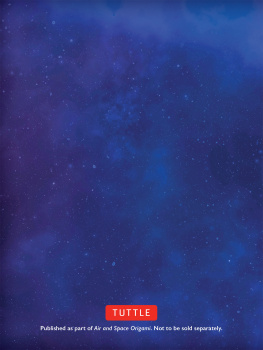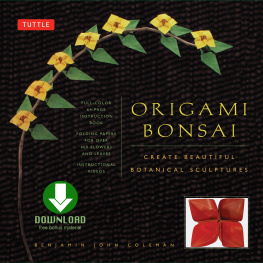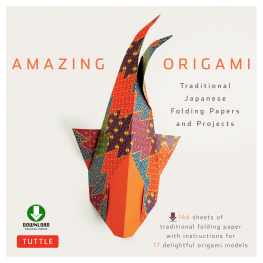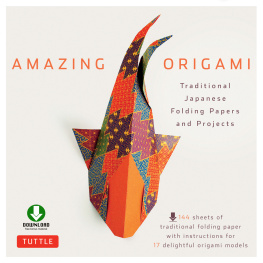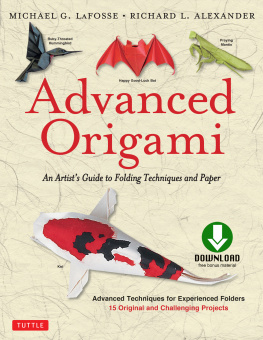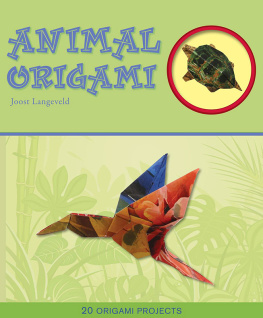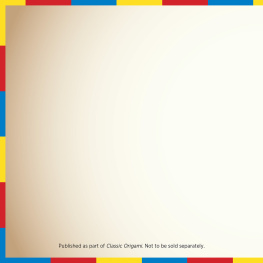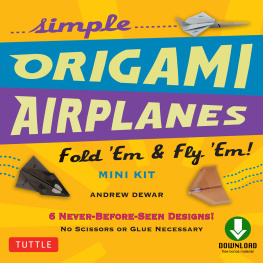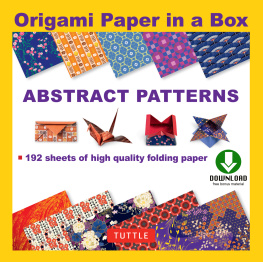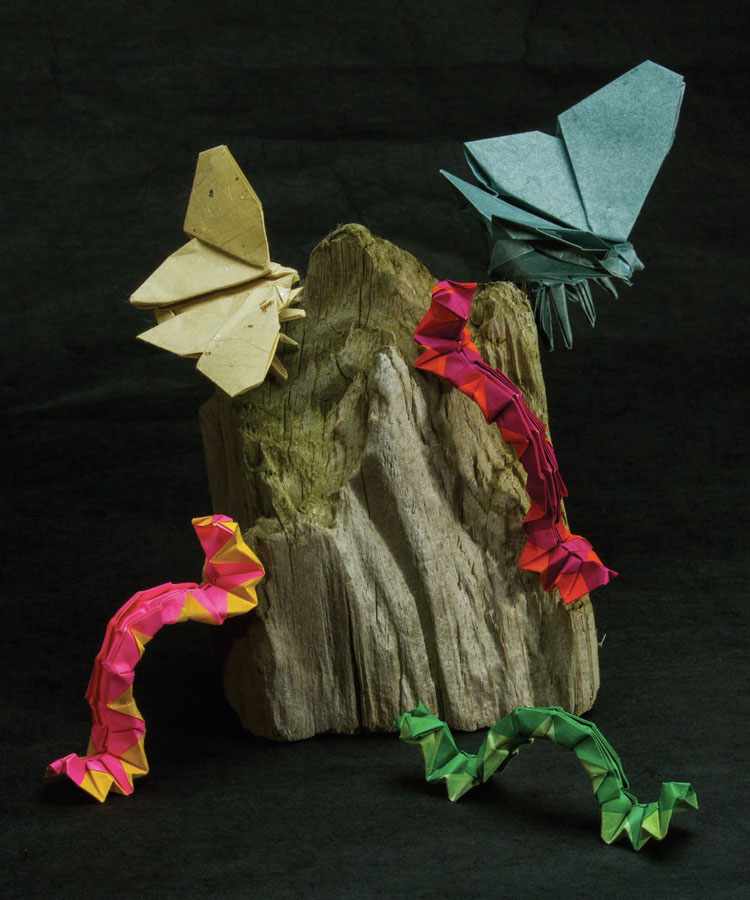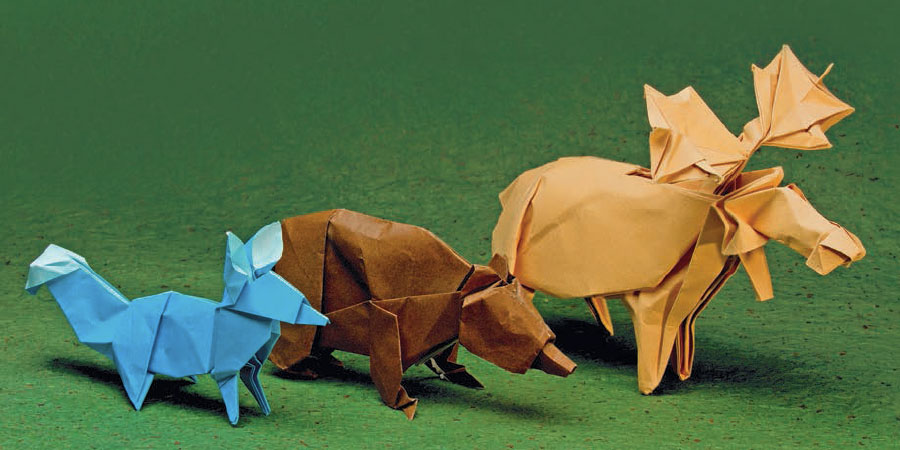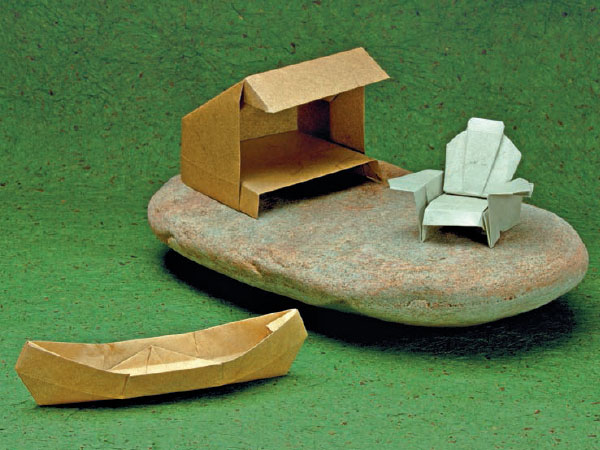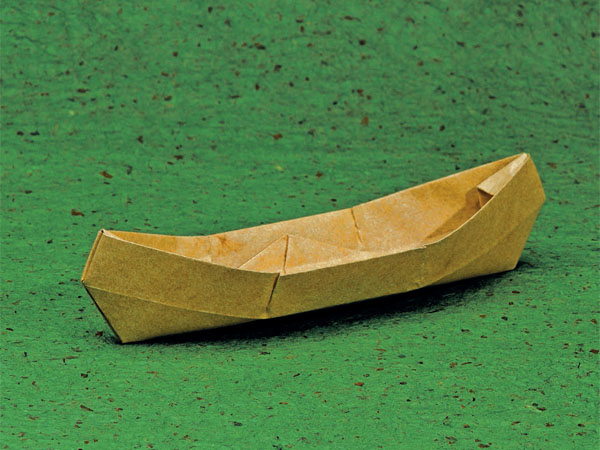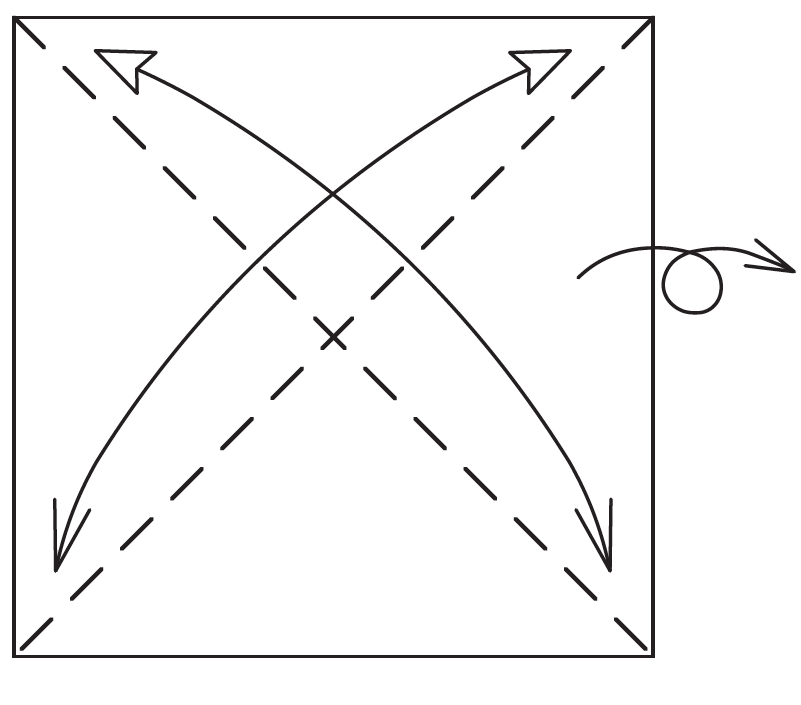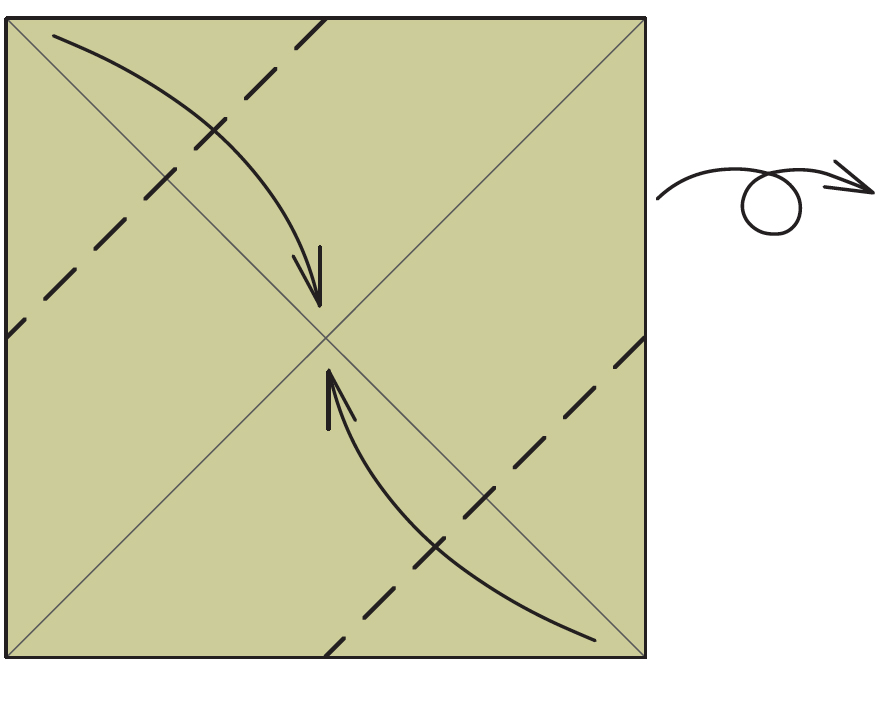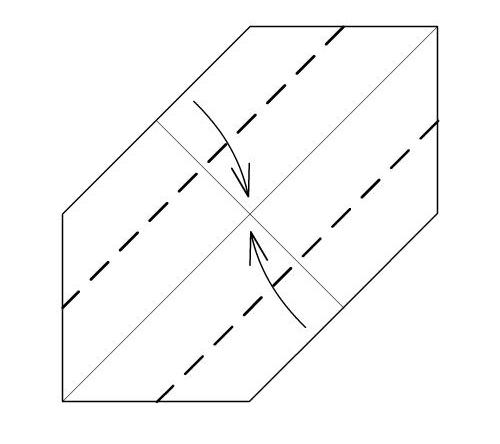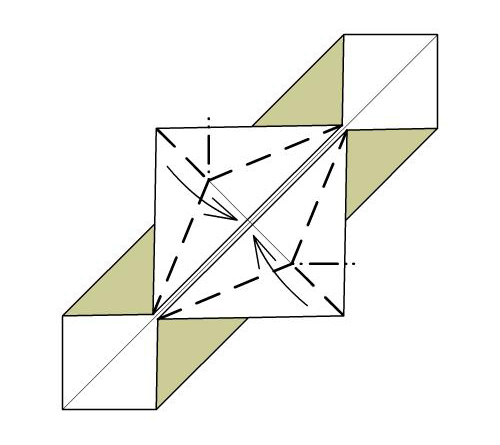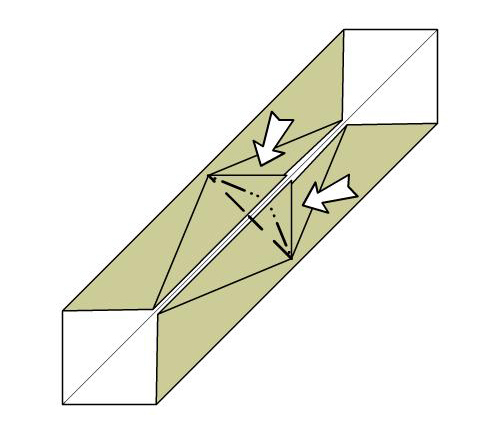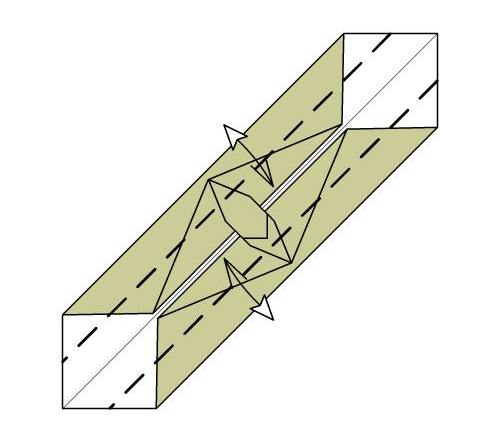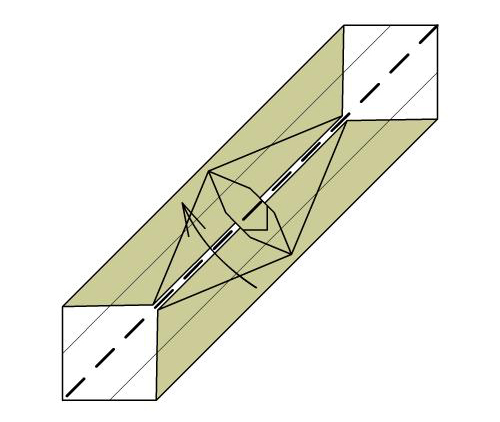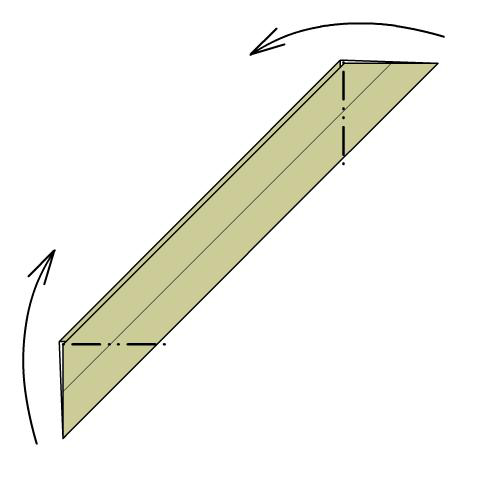John Szinger - Origami Animal Sculpture: Paper Folding Inspired by Nature
Here you can read online John Szinger - Origami Animal Sculpture: Paper Folding Inspired by Nature full text of the book (entire story) in english for free. Download pdf and epub, get meaning, cover and reviews about this ebook. year: 2018, publisher: Tuttle Publishing, genre: Children. Description of the work, (preface) as well as reviews are available. Best literature library LitArk.com created for fans of good reading and offers a wide selection of genres:
Romance novel
Science fiction
Adventure
Detective
Science
History
Home and family
Prose
Art
Politics
Computer
Non-fiction
Religion
Business
Children
Humor
Choose a favorite category and find really read worthwhile books. Enjoy immersion in the world of imagination, feel the emotions of the characters or learn something new for yourself, make an fascinating discovery.
- Book:Origami Animal Sculpture: Paper Folding Inspired by Nature
- Author:
- Publisher:Tuttle Publishing
- Genre:
- Year:2018
- Rating:3 / 5
- Favourites:Add to favourites
- Your mark:
Origami Animal Sculpture: Paper Folding Inspired by Nature: summary, description and annotation
We offer to read an annotation, description, summary or preface (depends on what the author of the book "Origami Animal Sculpture: Paper Folding Inspired by Nature" wrote himself). If you haven't found the necessary information about the book — write in the comments, we will try to find it.
Fold and display papercraft works of art with this intermediate to advanced origami book.
Adirondack animals, cephalopods and arctic marine mammals are just a few of the realistic and elegant origami models youll be able to fold with this unique book.Origami Animal Sculpture offers a refreshing take on the endlessly fascinating field of animal origami paper folding. In this book, folders will find beautiful photos, clear directions and an instructional DVD that make the creatures in this new collection a joy to fold and display. Author John Szinger has put together expressive lifelike 3D origami with intermediate-to-advanced models of unusual animals and related objects.
This origami book contains:
128 page, full-color book
22 original origami models
Step-by-step instructions
Colorful diagrams and photographs
Origami folders will find that the sculptures they create are customized to exhibit the subjects personality and attitude. Szingers attention to detail is the hallmark of his work. Hes been folding paper for most of his life, starting with paper airplanes at a young age. He devoured origami books at his local library and soon began experimenting with his own designs. Ten years ago, Szinger came back to origami after a long hiatus and began attending conventions, where he met other dedicated folders and was inspired to create his own original models. From these encounters, he began folding origami pieces for personal enjoyment, and to share with other origami makers.
Origami models include:
Foxy Fox
Brown Bear
Octopus
Giant Squid
Bull Walrus
Elephant Seal
Narwhal
Inchworm
Butterfly
And many more!
John Szinger: author's other books
Who wrote Origami Animal Sculpture: Paper Folding Inspired by Nature? Find out the surname, the name of the author of the book and a list of all author's works by series.


